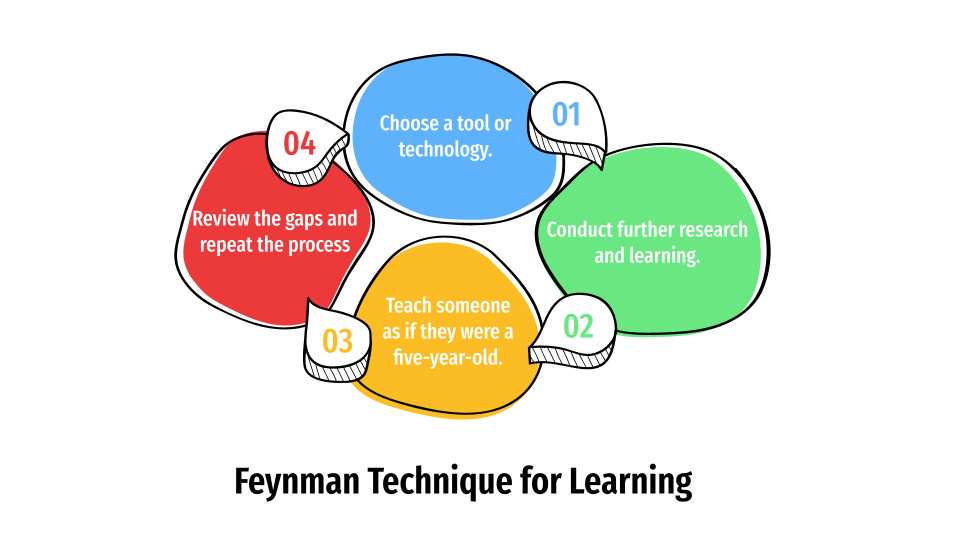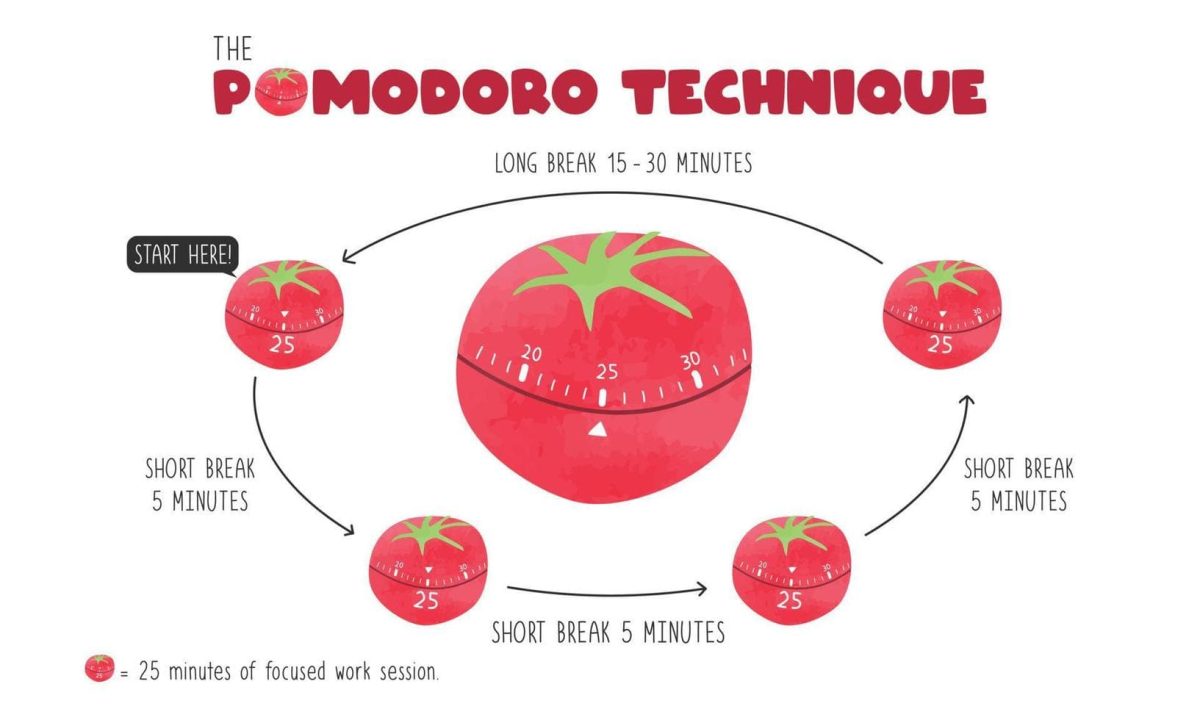Studying complex subjects can feel overwhelming, especially when it seems like you understand the material only to realize later that you’ve forgotten most of it. The Feynman Technique, named after the Nobel-winning physicist Richard Feynman, is a powerful method that can help make studying easier, clearer, and more effective. By breaking down topics into simple explanations, you find that you can deepen your understanding, identify gaps in your knowledge, and retain information more effectively.
What is the Feynman Technique?
The Feynman Technique is a simple, four-step method designed to help you understand a topic deeply by explaining it in your own words. It’s based on the idea that if you can’t explain something simply, you don’t really understand it. This technique encourages active engagement with the material, moving beyond passive reading and memorization.
How to Use the Feynman Technique for Studying
Step 1: Choose a Concept You Want to Learn
Start by picking a concept, topic, or problem you want to understand better. This could be anything from a complex math concept to a topic in history or science. Write down the name of the concept at the top of a blank sheet of paper or in a digital document, and be ready to start explaining it in your own words.
Step 2: Explain the Concept as if You’re Teaching It to a Child
Now, imagine that you’re explaining the concept to a child or someone with no background in the topic. Write down your explanation as if you’re speaking to them, using simple language and avoiding technical jargon. Break down the concept into manageable parts, and make sure each part is clear and easy to understand.
For example, if you’re studying photosynthesis, you might start with, “Photosynthesis is the way plants make their food. They use sunlight, water, and air to create energy.” Keep simplifying and clarifying your explanation until it’s as clear as possible.
Step 3: Identify Gaps and Review the Material
As you explain the concept, you’ll likely come across areas where you struggle to clarify or feel uncertain. These gaps are signs that you need a deeper understanding. Go back to your textbook, notes, or other resources to review these parts. Focus on the areas where your explanation felt incomplete or confusing.
After reviewing, return to your explanation and try again, filling in the gaps and ensuring you understand each part. Repeat this process until your explanation is solid and straightforward.
Step 4: Simplify and Use Analogies
Once you’ve filled in the gaps and can explain the concept clearly, try simplifying it even further. One way to do this is by using analogies—comparing the concept to something familiar to make it easier to understand. Analogies are a powerful tool for learning, as they connect new ideas to knowledge you already have.
For instance, when explaining how the heart pumps blood, you might compare it to a pump in a fish tank that circulates water. Using analogies makes it easier to remember concepts and relate them to real-world situations, making the learning process feel more intuitive.
Practical Tips for Using the Feynman Technique
Use Visuals: Drawing diagrams or flowcharts can help you break down concepts visually, making it easier to explain them and remember key details.
Teach a Friend or Classmate: Try explaining the concept to a friend, classmate, or even a family member. Teaching someone else reinforces your understanding and may reveal areas you need to review further.
Combine with Other Techniques: The Feynman Technique works well with other study methods, like active recall and spaced repetition. After explaining a concept, use flashcards or a quiz to test yourself and reinforce what you’ve learned.
Final Thoughts
The Feynman Technique can be an invaluable tool for students looking to improve their understanding and retention of study material. Next time you’re studying, give the Feynman Technique a try—it might just be the secret to mastering your material.







